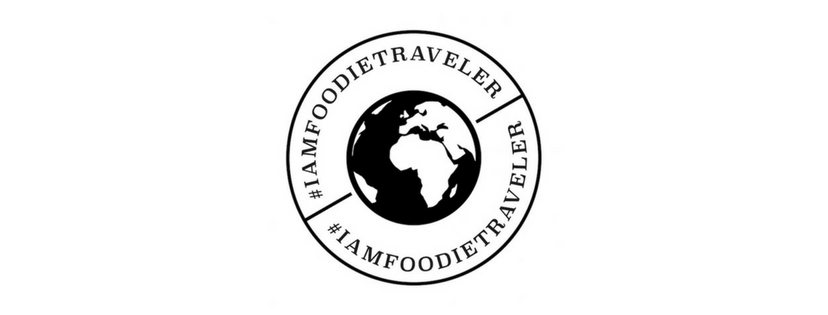Common Food Photography Mistakes And How To Learn From Them To Improve Your Work
/As the food industry is getting bigger and bigger, having skills for food photography is a great asset, especially since there’s always a new restaurant opening around the corner. Even if you don’t have a specific client in mind, having this skill will help with stock photography nowadays.
If you are looking forward to moving to a more professional level or simply develop your skills, here are 10 common mistakes you can learn from in food photography, which I noticed them in the past few years.
Not optimizing your light source
I always say the best light is the natural light as it gives a great effect, but not all-natural light is good for food photography.
For example, strong direct sunlight can wash out the food, especially if it’s a light color like in the case of mashed potatoes or plain vanilla cheesecake. In this case, the best thing to do is to find a share and set up your shot near the window so the light bounces off the food instead.
If you decide to use artificial lighting, you can have a more controlled environment. On top, you can start using white tabletop or backdrop so you can acquaint yourself with the camera’s settings and limitations….and from here, work yourself up to incorporate new colors and of course – patterns!
Shooting from only one angle
Mastering the art of the flat-lay is a valuable skill in the era of the Instagram aesthetic, but there’s more to food photography than just these shots. The best way to figure things out is to simply study what you have in front of you. A pizza, an opened sandwich or a bowl will always look great with a flat lay, as most of the details will be shown. However, if you are shooting a cake or a burger, the best shot will be from aside, if you want to show all the details.
I prefer something around 45-degrees, as this will give me also some overview of the location.
Shooting only when the food is cooked through
Sometimes, instead of waiting for the food to be cooked, try to spice up things and shoot raw ingredients – it might actually look much better than the cooked product. This is mostly the case when you shoot stew, for example, the so-called “ugly delicious” food. Try to get over several steps in the process and see which part of the cooking lesson you received works best for the food you want to photograph
Avoiding movement
This is something I am trying to improve. Getting that dynamic shot, with everything moving, will make your photo pop. Play around with the settings depending also on the move and don’t forget to adjust the shutter speed of your camera, so you can get that amazing “frozen in time” kind of look.
TIP: Using a tripod will make your job easier.
Not giving enough thought to the props
This is something that for sure will make your photo pop up from the ordinary. Adding silverware, raw ingredients and match the lines will take your photos to the next level. But remember, everything you use for props should have a purpose. Don’t be afraid to practice before adding the food in the shot.
Over-styling the shot
This is related to the point above, it’s important to know your client very well. For example, some food magazines like to have some space in the photos so they can add text. Always keep this in mind while shooting. There is such thing as too many props—overusing them can make a photo look cluttered.
Sticking to the tried-and-tested
Anyone can take a picture of that plate with a steak and some garnish. How can you make your photos stand out? You need to come up with something creative. You can start small and develop in time. For instance, instead of using a pumpkin for Halloween I changed it with pineapple. You can make more than that and try to find as much outside of the box ideas, as all these are appealing to the millennial generation and will bring more business, no matter if you do it for a client of is just about food stock photos.
Over-saturating photos
We all want to bump up the saturation to make the food look more attractive, but sometimes too much will make the photo look unnatural and the food will not look delicious at all. Please, do enhance colors, but do it in moderation.
Aiming for the “perfect” shot
There is a high demand for messy photos. Personally, I love those, even though I know most of them are also staged but at least it shows more of our day to day reality than that perfect and very clean shot. Again, it’s all about being creative, not sloppy, and try to give your photos a voice to speak out.
If you’re at the beginning and you’re just getting in the food photography industry, it’s understandable to make mistakes—this is part of the learning curve. It takes some time to practice and learn how to create quality shots, so don’t give up and share your shots with me, by using #iamfoodietraveler hashtag on Instagram.
I will definitely pass by, take a look and say Hi.








